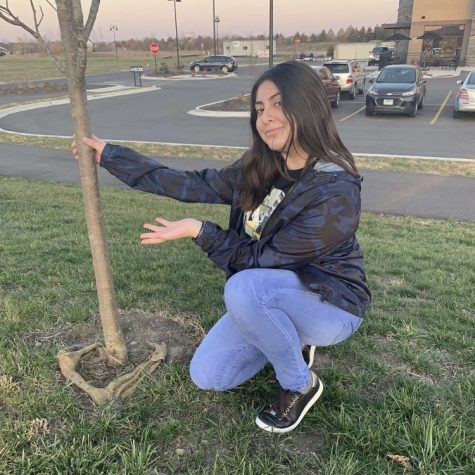“Atypical” season three provides a realistic, thoughtful view of autism
November 5, 2019
With so many shows available on Netflix, it can be hard to know what to watch. “Atypical” is a Netflix Original series that follows Sam Gardner, a boy on the autism spectrum, as he journeys through life and dating while surviving high school with the help of his family, therapist Julia, and friend Zahid.
After a long wait, the extremely anticipated third season released on Nov. 1. While season one focused on Sam’s dating life and season two’s focus shifted to his family relations and pressures of graduating high school, the third season is mainly based on Sam’s transition into college and the struggles he and his family face.
This show deals with many heavy topics that have been shied away from in media before. Not only does it show the struggles of a person on the spectrum in normal everyday life, but it does its best to depict why they have those reactions. By manipulating sounds and lighting, the show gives the viewer a small glimpse of what difficult situations are like for people on the spectrum.
“There are [people] that have little to no social skills. Moderate issues, like [they] can’t keep eye contact, or that preferred not to be touched. [Some have] repetitive behaviors and stimming behaviors. They range from very excessive stimming behaviors [such as] jumping, flapping, [and] ticks, to things that you would not even be able to pick up with your eyes,” said Kristy Brown, a special education teacher at HHS, and a Buddies member.
At the very beginning of the seasons, Sam gets stuck on a statistic that he heard. The idea that four out of five students with autism do not graduate college within four years gave Sam a great deal of anxiety. He thought the solution to this was to become completely independent, but throughout the course of the season, he discovers that it is okay to ask for help when needed.
“Obstacles that come into play with students on the spectrum are that it can be more difficult for them to advocate for themselves and talk about what they need. School is kind of set up in a linear fashion. And a lot of kids on the spectrum need to take a different route,” Brown said.
Shedding light on this reality is crucial to raise awareness on how to identify and way to handle these situations in real life.
“That’s where people don’t know to react to other people. If they’re using a device or if they start tantruming in public you don’t really know how to react. The more that’s portrayed the better we all are with understanding each other,” Brown said.
“Atypical” is a great show that is breaking boundaries for people on the spectrum and depicting them in an accurate way in media. However, Brown reminds us that there is still a long way to go.
“We often talk about [the kids that] are at the high end of the spectrum and the gifts and abilities that they have. Rarely do we see the struggles that people go through when they are on the low end of the spectrum and they are having huge tantrums,” Brown said.
While Atypical does an amazing job showing how to differentiate and deescalate a tantrum, these coping mechanisms do not work for everybody, and it’s important for media to also be inclusive of them.
“Everybody is a part of our society so we can’t just show one part of autism. That’s not how the disorder works. There’s not just one type and so I think it’s important that we show the verbal types and also the non-verbal.”



